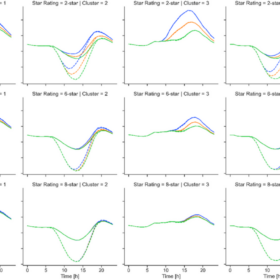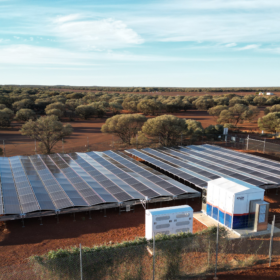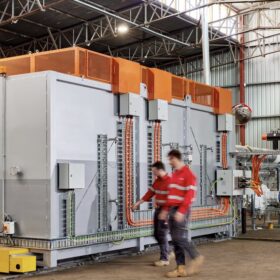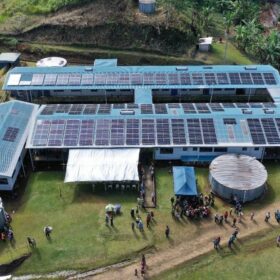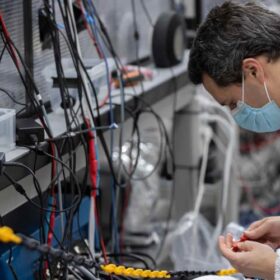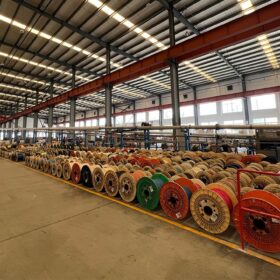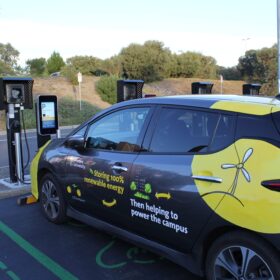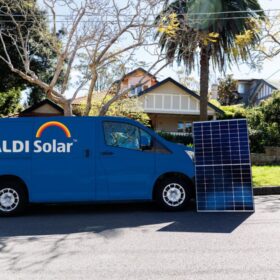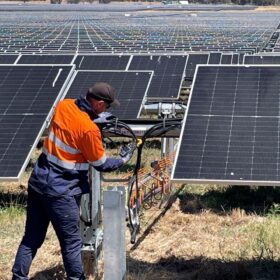Mitigating residential duck curve via solar pre-cooling
Solar pre-cooling consists of using residential PV systems to run air conditioners to pre-cool residential and commercial buildings. It offers benefits in terms of mitigating low minimum demand in electricity networks, flattening the grid’s net demand profile, and reducing electricity bills.
Horizon turns on solar and storage solution in remote WA
The town of Sandstone in Western Australia’s remote Midwest region is now being powered by renewable energy with state-owned regional utility Horizon Power unveiling a 163 kW solar facility coupled with a 759 kWh battery energy storage system.
Adelaide firm commissions molten silicon energy storage system
Australian energy storage specialist 1414 Degrees has successfully commissioned a demonstration module featuring its thermal energy storage technology that harnesses the high latent heat properties of silicon to provide a potential zero-carbon solution for use in high-temperature industries.
US agency says microgrid could provide model for PNG
The United States government, through the U.S. Agency for International Development, has committed $1.86 million (USD 1.2 million) to support the development of a solar-powered microgrid in Papua New Guinea’s Central province.
Top five solar inverter vendors accounted for 71% of shipments in 2022
Global inverter shipments increased to 330 GW last year with Huawei, Sungrow, Ginlong, Solis, Growatt and GoodWe named as the top vendors.
Novel AI-based tech to identify rooftop solar systems from aerial images
The model utilises deep learning and image processing techniques and is said to offer “superior performance.” In the future, it might be able to differ between panels of PV and solar thermal systems.
Hysata puts hydrogen electrolyser tech to test in real-world setting
New South Wales hydrogen technology company Hysata will install a 5 MW electrolyser unit adjacent to the coal-fired Stanwell Power Station in Queensland as part of a commercial-scale demonstration of its next generation tech.
Transgrid does $100 million deal with ZTT to de-risk supply chain
Australia’s largest transmission network operator Transgrid has struck a deal with Chinese manufacturer ZTT International for the delivery of more than 17,500 kilometres of high-voltage conductors as it looks shore up supplies of key electrical equipment needed to deliver critical transmission projects.
AEMC proposes rule changes for major transmission projects
The Australian Energy Market Commission has proposed new rules that would require developers planning major transmission projects to consult with communities and affected stakeholders earlier in the projects’ development.
Vehicle-to-grid tech put to test in SA trial
South Australia’s Flinders University has launched a trial that will test bidirectional vehicle-to-grid charging technology that allows electric vehicles to either be recharged or used as batteries to provide back-up power to the grid.
